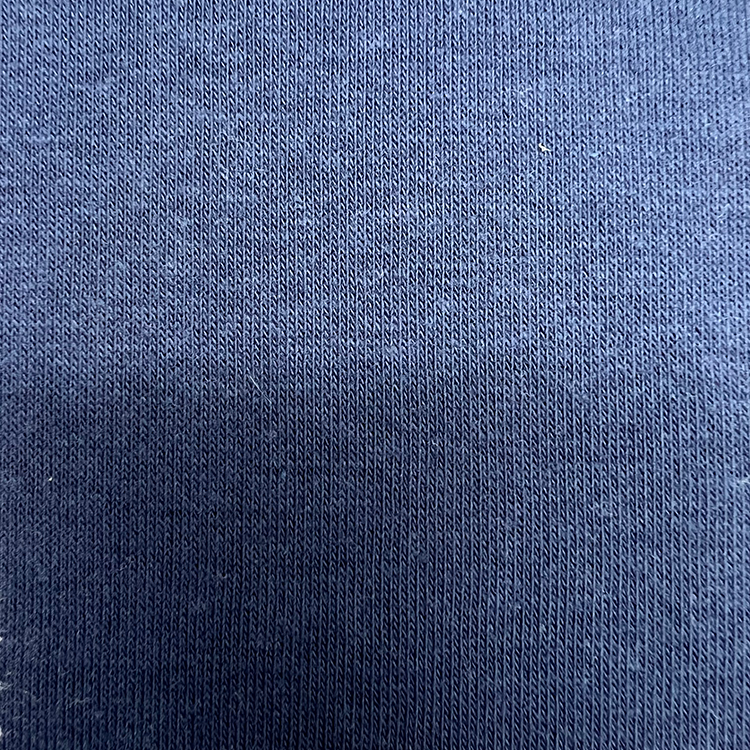When it comes to fabrics that stretch and move with us, weft knitted fabrics are the unsung heroes of the textile world. Known for their remarkable elasticity and comfort, these fabrics are widely used in everything from cozy sweaters to form-fitting athletic wear. But what exactly makes weft knitted fabrics so stretchy and elastic?
The Basics of Weft Knitting
Weft knitting involves the interlocking of loops of yarn in a horizontal direction across the fabric. This technique creates a series of interconnected loops, which form the foundation of the fabric's structure. Unlike woven fabrics, which have a rigid structure due to their crisscrossing yarns, weft knitted fabrics are inherently more flexible. The loops can expand and contract, allowing the fabric to stretch in various directions. This characteristic is what gives weft knitted fabrics their renowned elasticity.
Loop Formation and Elasticity
At the heart of weft knitted fabric's elasticity is the way the loops are formed. Each loop is created by feeding the yarn through a previous loop, which allows the fabric to maintain its shape while still being able to stretch. The tension of each loop can be adjusted during the knitting process, which directly affects the fabric's stretchability. Higher tension results in firmer fabric, while lower tension allows for greater stretch. Additionally, the use of elastic fibers, such as spandex, in conjunction with traditional yarn can further enhance the fabric's ability to stretch and recover.

Fabric Thickness and Stretch Direction
Another critical factor in the elasticity of weft knitted fabrics is the thickness of the yarn used and the way the fabric is constructed. Thicker yarns often create a bulkier fabric that can still stretch but may not have the same level of recovery as thinner yarns. Furthermore, the orientation of the loops plays a significant role in how the fabric stretches. Weft knitted fabrics typically stretch more in the width direction (crosswise) than in the length direction (vertically). This is particularly advantageous in clothing, as it allows for ease of movement without compromising the fit.
The Role of Design and Patterns
Finally, the design and patterns used in weft knitted fabrics can also contribute to their elasticity. Different knitting techniques, such as ribbing or adding texture, can create variations in stretchability. For instance, ribbed designs allow the fabric to stretch both horizontally and vertically, providing an extra level of comfort and fit. Designers often utilize these techniques strategically to enhance the performance of athletic wear or create stylish garments that flatter the body.
The structure of weft knitted fabric is a perfect blend of artistry and engineering that contributes to its outstanding elasticity and stretch. From the interlocking loops to the choice of yarn and design, each aspect plays a crucial role in creating a fabric that moves with us while providing comfort and style. As we continue to innovate in textile technology, we can expect even more exciting developments in the world of stretchy fabrics. So, the next time you slip into your favorite stretchy sweater or workout gear, remember the intricate structure that makes it all possible!

 English
English Français
Français




